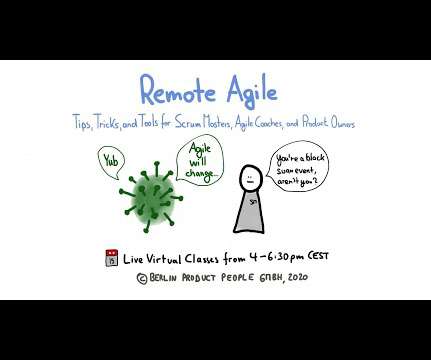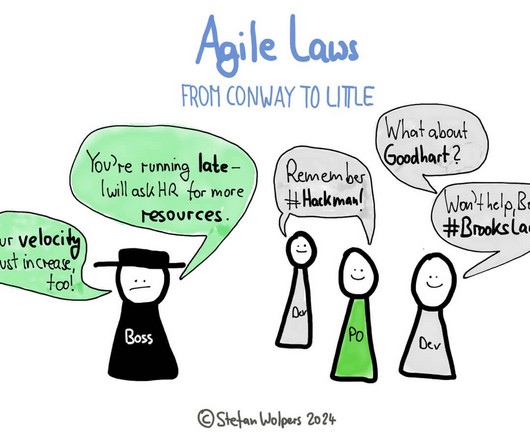Agile Laws & Distributed Teams: From Conway to Goodhart to Parkinson
Scrum.org
JULY 7, 2020
From the long list of observation, heuristics, and mental models in psychology, organizational design, or software engineering, I pick six “agile laws” that seem to be particularly relevant in this area of distributed agile teams: Conway’s Law. Agile Laws: Conway, Brooks, Hackman, Goodhart, Larman, and Parkinson. Brooks’s Law.













Let's personalize your content